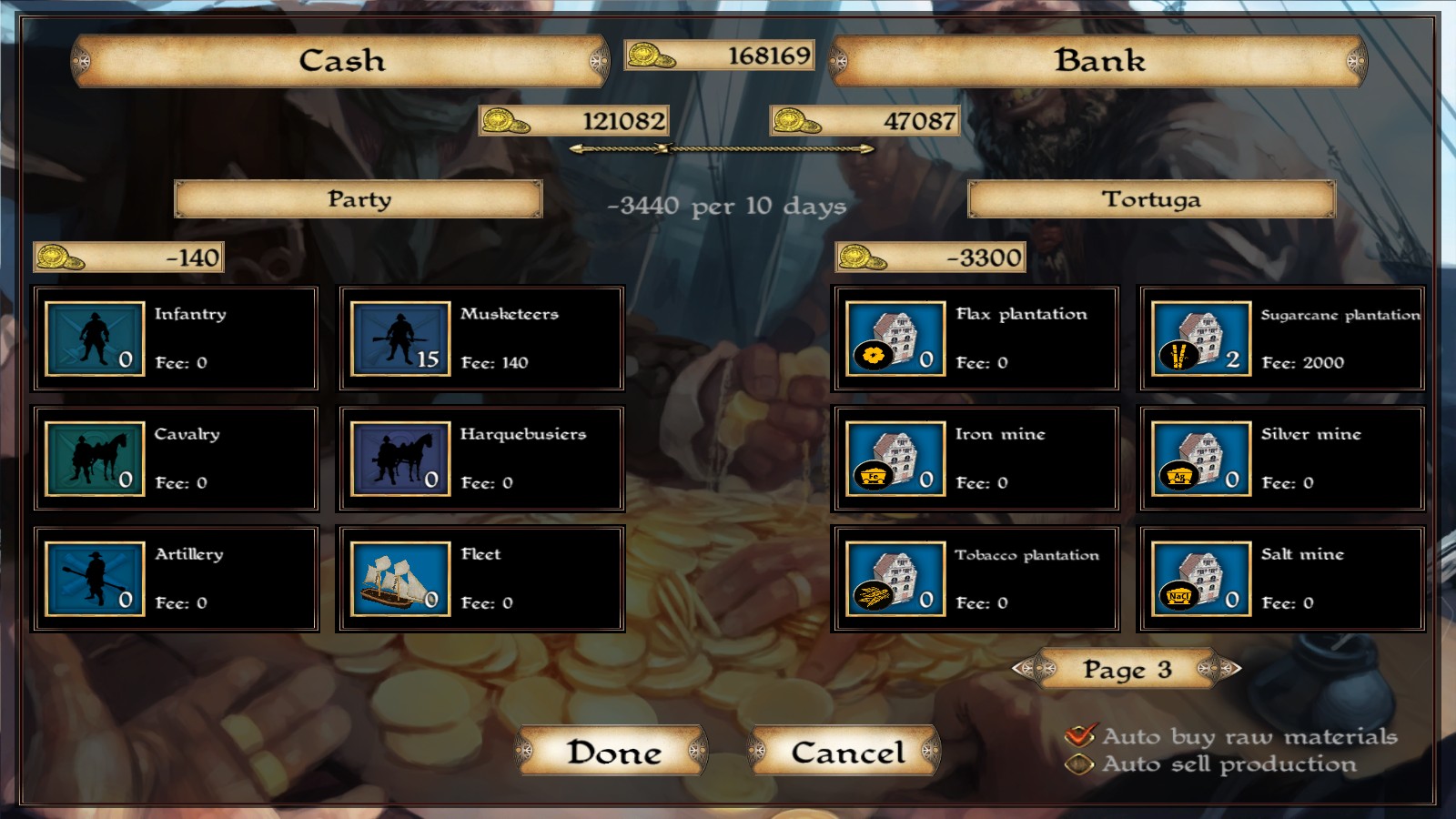

Man o' War was not entered in the 1920 Kentucky Derby because his owner, Samuel Riddle, did not believe in racing at the distance of 10 furlongs so early in a young horse's career. His only loss came at Saratoga Race Course, later nicknamed the Graveyard of Champions, where he lost by a neck to a colt fittingly named Upset. In 1919, Man o' War won 9 of 10 starts, including the Hopeful Stakes and Belmont Futurity, then the most important races for two-year-old horses in the United States. On March 29, 2017, the museum opened a special exhibit in his honor, "Man o' War at 100". He was inducted into the National Museum of Racing and Hall of Fame in 1957. He was the unofficial 1920 American horse of the year and was honored with Babe Ruth as the outstanding athlete of the year by The New York Times. During his racing career, just after World War I, Man o' War won 20 of 21 races and $249,465 (equivalent to $3,223,000 in 2020) in purses. Several sports publications, including The Blood-Horse, Sports Illustrated, ESPN, and the (AP) Associated Press, voted Man o' War as the best American racehorse of the 20th century. Man o' War (Ma– November 1, 1947), also known as Big Red, was an American Thoroughbred racehorse who is widely regarded as one of the greatest racehorses of all time. Man o' War Boulevard in Lexington, Kentucky American Champion Two-Year-Old Colt (1919)Īmerican Champion Three-Year-Old Male Horse (1920)Ĭanadian Horse Racing Hall of Fame (2020)


 0 kommentar(er)
0 kommentar(er)
